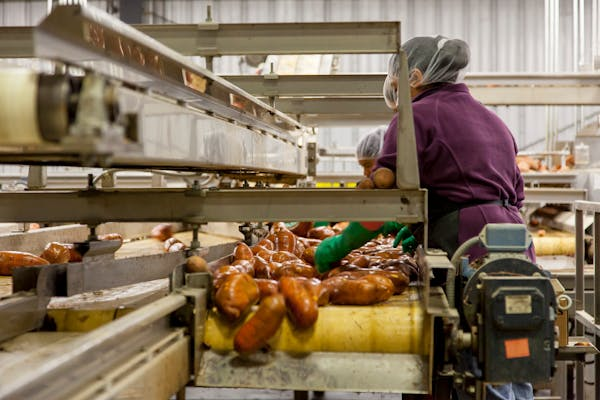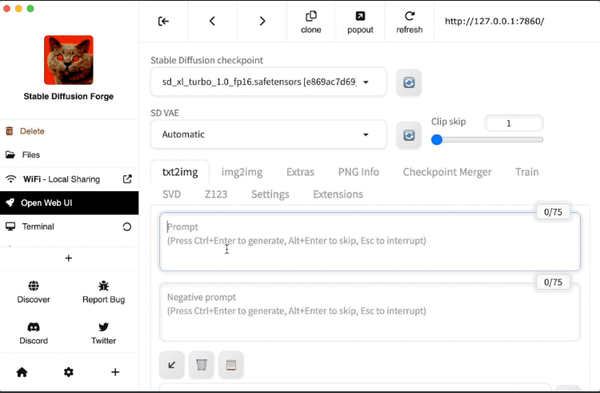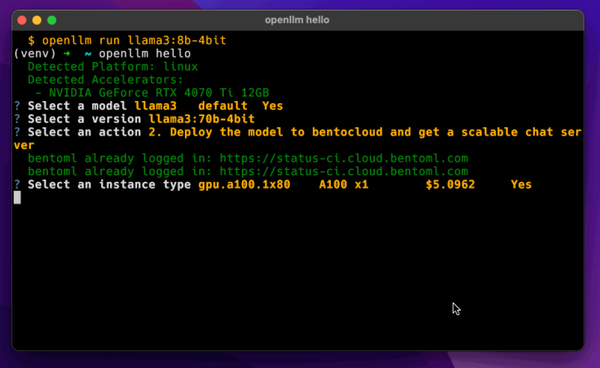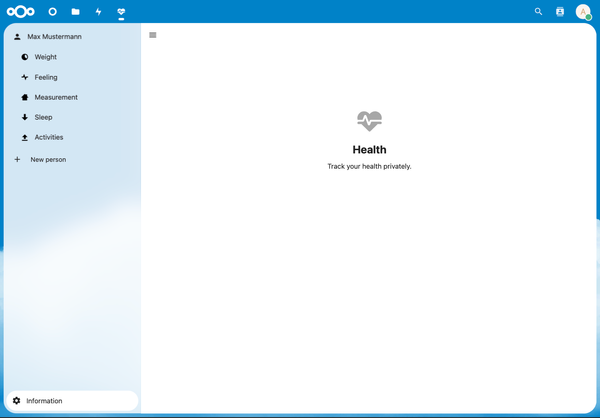5 Strategies for Maintaining Food Safety in the Food Industry
To ensure outstanding public health and preserve customer trust, all parties involved in the food sector must adhere to best practices. This applies across the whole chain, from the farm to the fork, which is the only way to slim the chances of foodborne illnesses. As a food processing or packaging company, ensure there aren’t even the slightest of lapses through sticking to the best safety strategies. If you are unsure how to proceed, here are five fundamental approaches to consider.
Implement Robust Hygiene Practices
Preventing contamination or the spread of pathogens needs to be a priority; this is where hygienic practices come in. Think of all possible sources of germs and lay out excellent plans to keep them at bay. Have many handwashing and sanitation points across the building, particularly at every entry point.
Personal hygiene needs to go beyond handwashing. Hairnets, gloves, and uniforms must be clean to always keep disease-causing microorganisms at bay. As an extra preventive measure, workers should be encouraged to remove jewelry and accessories at workstations.
Polish Your Raw Material Management
The secret to producing quality, healthy products is sourcing the right raw materials. When speaking with your suppliers, confirm that they meet stringent quality standards. On your side, consider having excellent inspections for all incoming supplies and perfect criteria for them. Have a way of sorting out chemical compositions and physical attributes while not forgetting advanced testing techniques.
The right pick-up and storage points for these supplies are also needed. Develop proper protocols for grouping the different materials and designating specific teams to handle them. Invest in technological solutions like X-ray inspection systems to make managing raw material contamination more efficient. These machines help ensure every batch doesn’t have contaminated items that could ruin your production operations. As you score these systems, work with the best manufacturers.
Maintaining Proper Food Storage and Temperature Control
It’s crucial to maintain the right temperatures when storing foods to discourage harmful bacteria from thriving. Depending on the nature of your products, you’ll have to adhere to specific storage requirements. For perishable items such as seafood, meat, and dairy, the best storage temperature is anywhere below 4 °C (40 °F), but for frozen products, an even lower temperature of -18 °C (0 °F) can be helpful.
It’s crucial to keep your storage areas with precise specifications on which items go to which sections. Every point needs to be peat-free, regularly cleaned, and dry. After correctly labeling your supplies, it’s essential to consider the FIFO (First In, First Out) method. This allows the older batches to leave first, reducing any chances of spoilage.
Conducting Regular Food Safety Training and Education
Your workers must be aware of all food safety principles, as they are on the front line of operations. They must renew their knowledge through training on new concepts, protocols, and trends. You have endless aspects to focus on, from spotting potential hazards to using the proper storage techniques.
For the best results, ensure that the training is not a one-time show but a continuous process. During the many sessions, you’ll also update them on the new regulations and how best they can align themselves.
Implementing a Comprehensive HACCP Plan
The best way to control food safety hazards is to have clear details about them. A HACCP (Hazard Analysis and Critical Control Points) plan can be helpful, allowing you to properly scan your whole production process.
Detailed information helps you determine any present hazards, from how you source your raw materials to the final product packaging. By determining the best CCPs (critical control points), you’ll easily prevent any probable hazards. With time, monitor your HACCP plan to see whether refinement is necessary.
Endnote
As a company in the food industry, you have a great duty to ensure that sound plans are in place to prevent contamination in every phase of your activities. Be thorough with your efforts, from planning the raw material handling to the final packaging.







